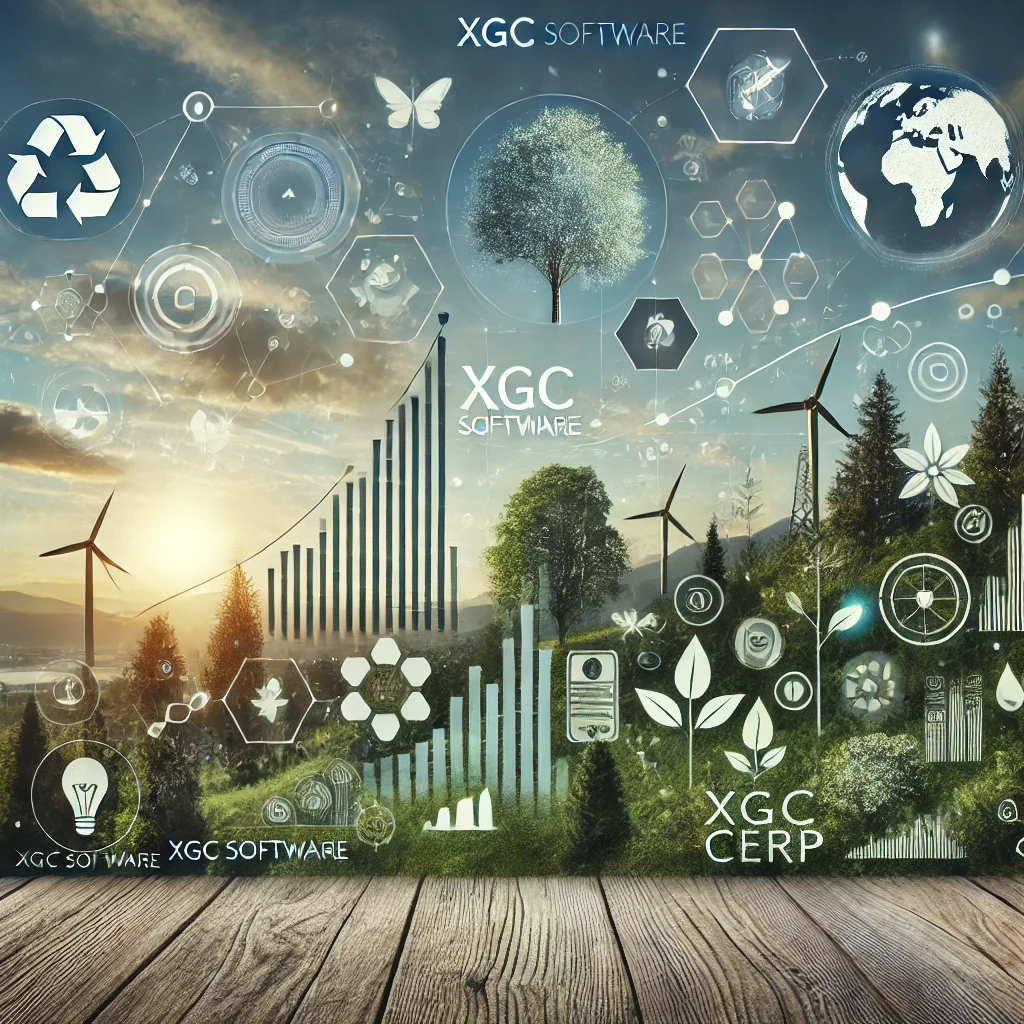
The global carbon offset/carbon credit market is on the brink of significant growth, with projections estimating a market worth $1,602.7 billion by 2030. Growing at a Compound Annual Growth Rate (CAGR) of 31.0% between 2023 and 2028, this market is set to expand from its estimated value of $414.8 billion in 2023. This growth is driven by the increasing global push towards decarbonization. There is a necessity to achieve net-zero greenhouse gas emissions. Rising investments in carbon capture technologies and projects promoting social impact also propel this growth.
The voluntary carbon market continues to play a critical role in accelerating the transition to a low-carbon economy. This market effectively combats climate change. It channels funds into initiatives that reduce carbon emissions. Alternatively, it supports those that remove carbon from the atmosphere. This post explores the key drivers behind the burgeoning carbon offset market. It also discusses how businesses, particularly energy companies, leverage this opportunity for economic and environmental gains.
The Rise of Carbon Credits in a Net Zero World
The need to curb global warming has increased significantly as the world commits to ambitious net-zero targets. Carbon credits have become an essential mechanism for companies looking to meet their sustainability goals. A carbon credit represents the right to emit greenhouse gases equivalent to one ton of carbon dioxide. Companies now have the opportunity to offset their unavoidable emissions by buying these credits. This allows them to achieve climate targets. They can still make progress in decarbonizing their operations.
Businesses such as Finite Carbon, NativeEnergy, and South Pole Group are leading the way in offering carbon offset solutions that help companies engage in impactful carbon-reduction projects. More and more, corporations are also involved in community-driven projects. These projects generate carbon offsets and create social and economic benefits for local communities. This dual impact—combining environmental and social contributions—helps drive the voluntary carbon market forward.
Key Drivers of Carbon Offset Market Growth
- Corporate Decarbonization Commitments
Major corporations are committed to decarbonizing their operations. This commitment is a primary driver of growth in the carbon offset market. As more businesses commit to reducing their carbon footprints, the demand for reliable carbon credits will continue to rise. These companies are investing in renewable energy projects, reforestation initiatives, and energy efficiency programs. These efforts help reduce emissions while generating tradable carbon credits.
For instance, energy companies have accelerated their participation in reducing carbon emissions. These companies play a vital role by funding renewable energy projects. They also promote energy conservation to reduce the overall carbon intensity of energy supplies. The demand for carbon offsets is expected to keep increasing, and more energy companies are leveraging these initiatives to mitigate their environmental impact.
- Carbon Capture Technologies
The rise in investments in carbon capture technologies and solutions has also contributed significantly to the growth of the carbon offset market. Technologies like Direct Air Capture (DAC) and Carbon Capture and Storage (CCS) are helping to remove carbon dioxide from the atmosphere, providing companies with a viable means to offset their emissions. These technologies, combined with natural carbon sequestration methods like reforestation and soil carbon enhancement, are key components in the fight against climate change.
- Developing Nations and Social Impact Projects
The carbon offset market also provides opportunities for developing nations to engage in climate protection while generating revenue. Projects in these regions are often designed to maximize nature’s contribution to climate change mitigation. By protecting and restoring ecosystems such as forests and grasslands, developing nations can turn increased carbon storage into credits they can sell to corporations seeking to offset their emissions.
These projects also bring significant social benefits. Revenues from selling carbon credits are often reinvested into local development projects, helping to finance infrastructure improvements and promote sustainable economic development. By linking environmental benefits with social and economic returns, these projects create a model for achieving large-scale wins for climate, biodiversity, and livelihood across African regions.
How Companies are Benefiting from Carbon Offsets
Companies are increasingly adopting carbon offsets as part of their sustainability strategy. By participating in carbon offset projects, businesses can achieve multiple benefits:
- Cost Savings: Companies can use carbon credits as they need for a specific project. If they have extra credits left over, they can be used for future projects, helping them manage costs effectively.
- Reputation Enhancement: Investing in carbon credits and participating in community-driven projects not only helps companies meet regulatory requirements but also enhances their corporate image. Customers and stakeholders are more likely to support businesses that take meaningful action to mitigate climate change.
- Access to New Markets: Companies that actively engage in carbon offset projects are often better positioned to access new markets and attract the favor of environmentally conscious investors and partners. Businesses can attract investment and partnerships that align with their sustainability goals by showing that they are taking proactive steps toward decarbonization.
Conclusion: A Billion-Dollar Market with Opportunities for All
The future of the carbon offset market is promising, with significant growth projected over the next decade. As the market approaches $1.6 trillion by 2030, opportunities abound for companies, investors, and developing nations to benefit from this rapidly evolving sector. The voluntary carbon market offers a unique avenue for achieving global greenhouse gas reductions while addressing social and economic challenges, particularly in developing countries.
With companies across various industries ramping up their decarbonization efforts, carbon credits will continue to be a valuable tool for bridging the gap between ambition and action. By embracing carbon offsets, businesses can ensure they meet their climate commitments and contribute positively to communities and ecosystems worldwide.
Explore how XGC Software’s XGCERP solution can help your business participate effectively in the carbon credit market, manage projects seamlessly, and achieve both environmental and economic returns. Contact us today to learn more.
